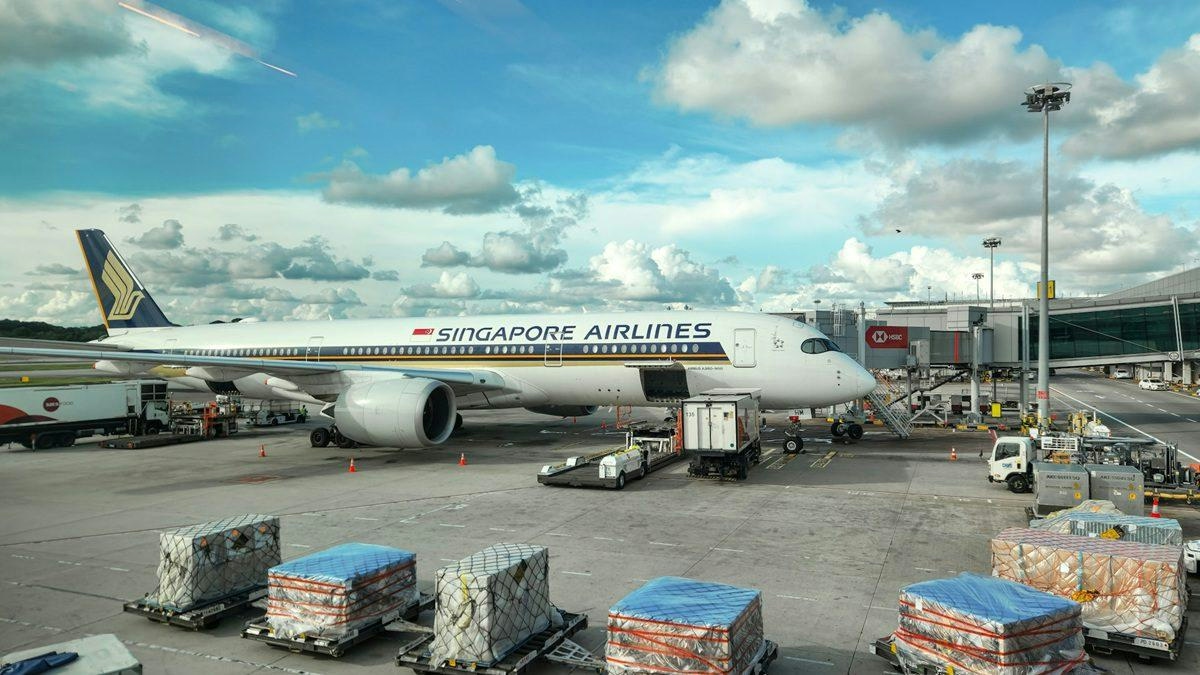
AeroGenie — Your Intelligent Copilot.
Trending
Categories
UAE Develops Simulation-Based Regulations for Urban Air Mobility

UAE Advances Simulation-Based Regulatory Framework for Urban Air Mobility
The United Arab Emirates is positioning itself at the forefront of urban air mobility (UAM), transforming the concept of autonomous flying taxis and delivery drones into a regulated and operational reality. In a pioneering collaboration, the Technology Innovation Institute (TII), Aspire, and the General Civil Aviation Authority (GCAA) have jointly developed one of the world’s first comprehensive frameworks for advanced air mobility (AAM). This initiative leverages simulation-driven design and strategically selected pilot sites across Abu Dhabi to establish a robust regulatory environment.
Simulation-Driven Regulatory Modelling and Collaborative Efforts
Central to this initiative is TII’s simulation-based regulatory modelling, which meticulously analyzes air corridors, wind dynamics, and safety boundaries. These sophisticated models generate evidence-based recommendations for both manned and autonomous aircraft operations, enabling regulatory authorities to manage urban airspace safely while maintaining flexibility to accommodate emerging technologies. Najwa Aaraj, CEO of TII, highlighted the importance of coupling technology with forward-looking regulations, stating, “Technology alone isn’t enough to unlock urban air mobility. It must be matched with forward-looking regulations that anticipate the complexities of autonomous flight.” Through collaboration with GCAA and Aspire, the UAE aims to establish global benchmarks for safe and intelligent airspace systems that support both piloted and autonomous air taxis.
Aspire has been instrumental in fostering collaboration across the UAE’s mobility ecosystem, facilitating infrastructure development and policy discussions essential for scalable deployment. Under the guidance of the Smart and Autonomous Systems Council, the partnership focuses on four integrated areas: designing safe air corridors, setting aircraft separation standards, coordinating traditional and unmanned traffic systems, and advising on regulatory reforms to enable AAM integration at various maturity levels.
Pilot Sites and Airspace Management
Three locations in Abu Dhabi—Yas Island, Zayed Port, and Abu Dhabi International Airport—have been designated as pilot testing sites. These hubs will function as vertiports and heliports, providing real-world environments to validate simulation models. The regulatory framework includes vertical airspace zoning to segregate different types of aerial traffic: drones operating below 500 feet, a safety buffer extending up to 1,000 feet, air taxis cruising between 1,000 and 3,000 feet, and traditional commercial aircraft flying above 3,000 feet. The simulations incorporate three-dimensional wind flow around buildings and terrain to define operational flight paths, no-fly zones, and safety buffers, ensuring comprehensive risk mitigation.
Despite these advancements, the UAE faces significant challenges in implementing simulation-based regulations. Ensuring stringent safety standards, integrating advanced air mobility solutions with existing transport infrastructure, and maintaining regulatory compliance remain critical hurdles. Nevertheless, the market response has been encouraging, with increased investment from global aviation companies such as Archer, Joby, and Embraer’s Eve, all actively pursuing commercial operations within the UAE. Competitive collaborations are also intensifying, exemplified by AutoFlight’s partnership with Falcon Aviation Services and Eve’s agreement with Bahrain’s Ministry of Transportation.
The launch of Abu Dhabi’s first vertiport network represents a strategic milestone in establishing a future-ready transport system that supports advanced air mobility. Andrew Strefford, executive director at Aspire, emphasized the importance of policy and regulation in fostering trust and safety, stating, “Urban air mobility is not just about new technology; it’s also about trust and safety, and so policy and regulation are critical for adoption.” He further noted that Abu Dhabi is laying the foundation for global confidence in how future cities will connect and operate within their urban and suburban airspace.
Aqeel Al Zarooni, assistant director general for aviation safety affairs at GCAA, underscored the dynamic nature of airspace management, remarking, “As aviation continues to evolve, our regulatory frameworks must evolve with it. Through this collaboration, we are laying the groundwork for safe and scalable integration of next-generation air mobility.”
These pilot trials are a crucial step toward ensuring that air traffic management and unmanned traffic management systems can operate harmoniously within UAE airspace, supporting the nation’s long-term vision for advanced, integrated urban mobility.
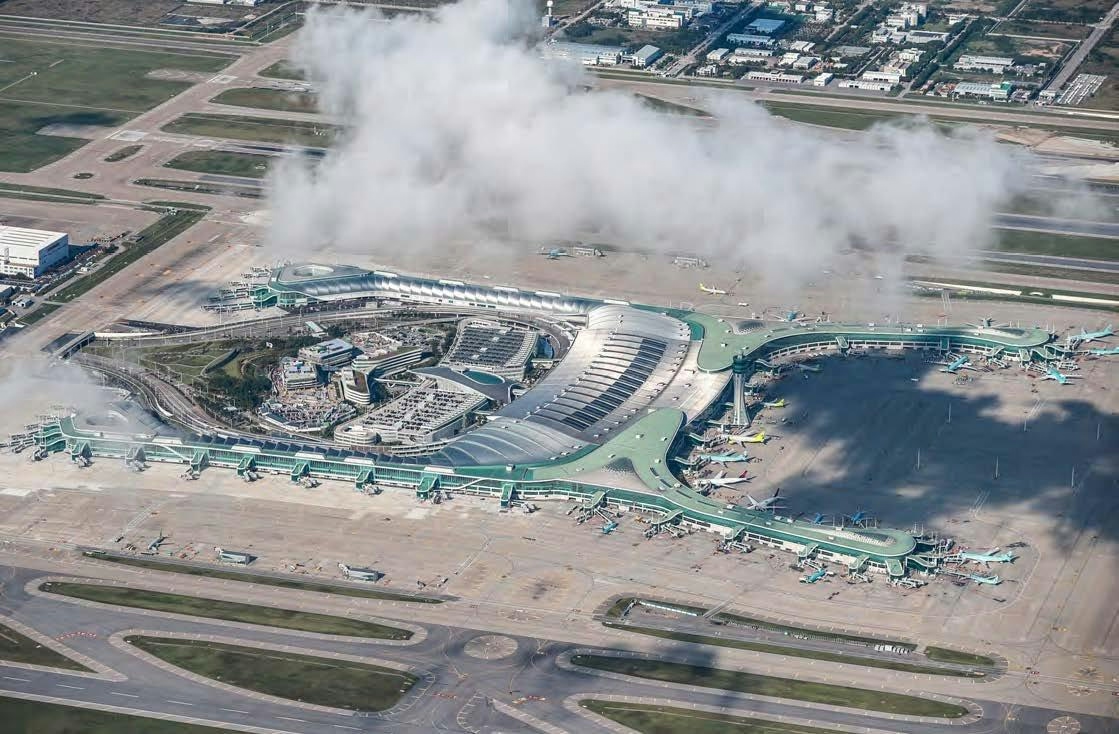
Incheon Airport Seeks Operator for Aviation AI Innovation Hub
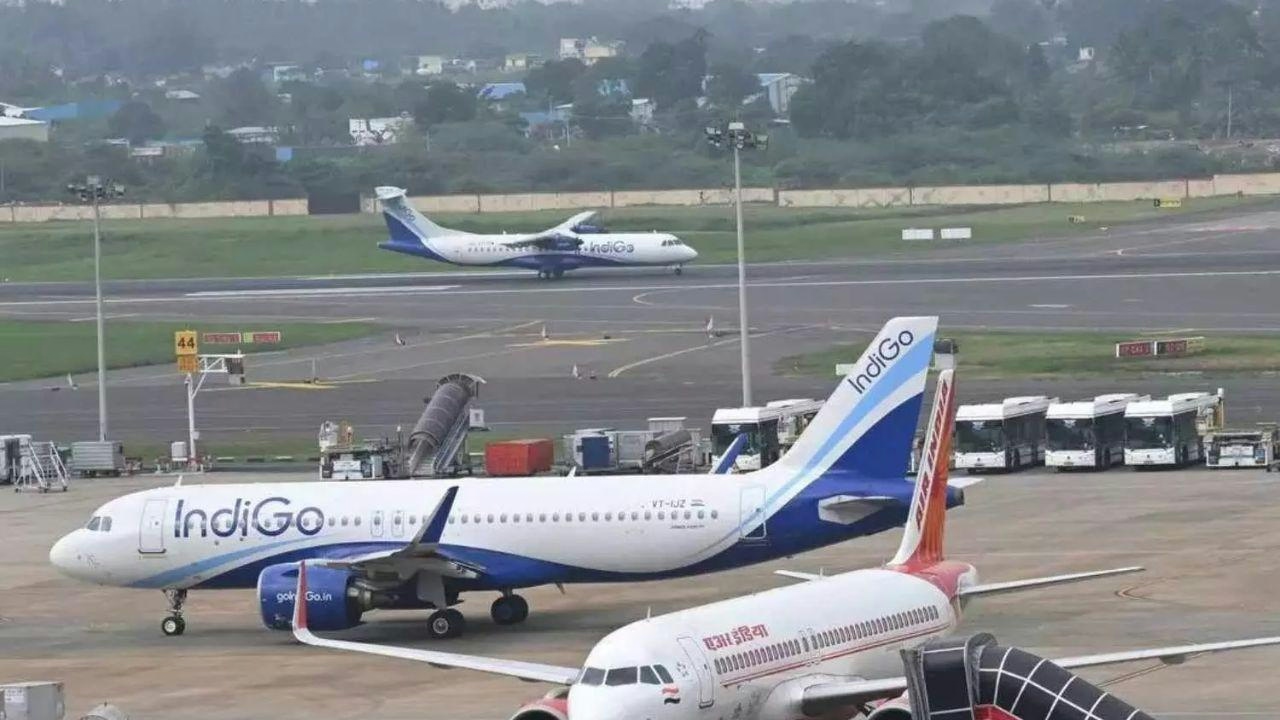
Bomb Threat Targets IGIA and Four Other Indian Airports; AI Express Flight Evacuated
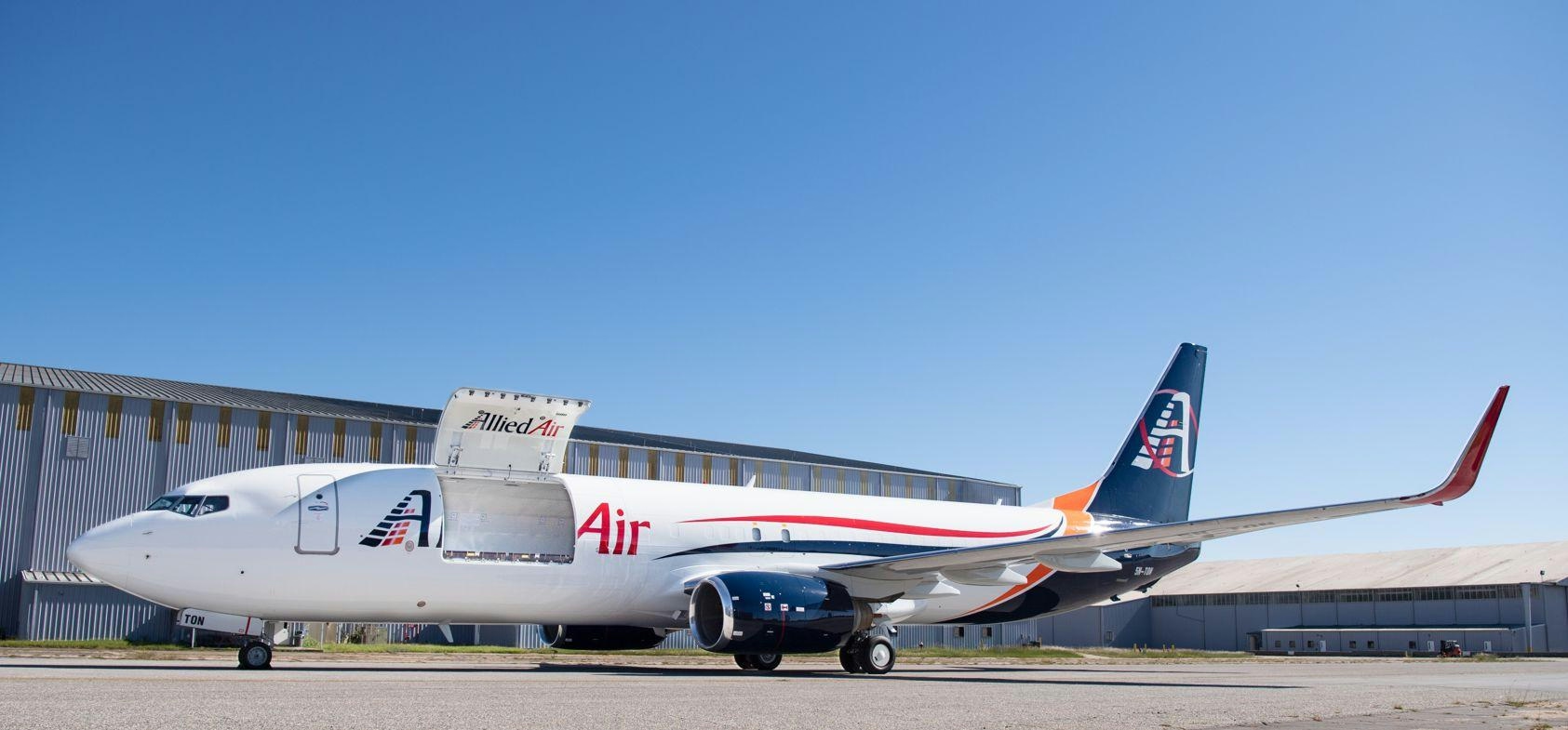
Titan Aviation Leasing Sells Two Boeing 737-800SF Aircraft to ST Engineering
Aviation Capital Group Reports Third-Quarter 2025 Financial Results

HAECO Strengthens Long-Term Partnership with JAL
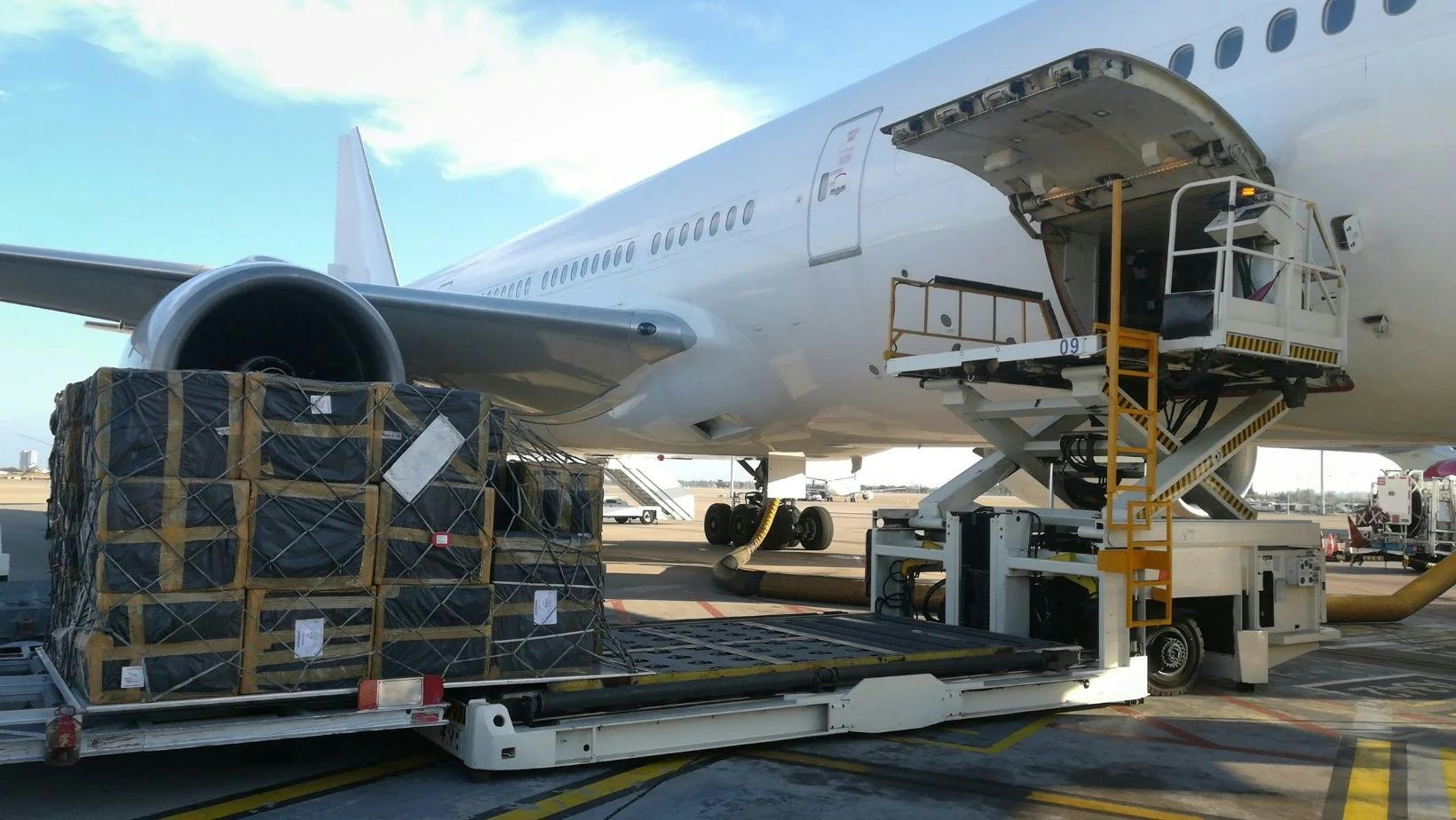
ACC Aviation Reports Steady Growth Despite Global Uncertainty

GA Telesis Expands APU Program to Meet Growing Demand

Philippine Airlines, Citi, and UK Export Finance Finalize Financing for Rolls-Royce Trent XWB-97 Engine

Philippine Airlines, Citi, and UK Export Finance Secure Funding for Rolls-Royce Trent XWB-97 Engine
